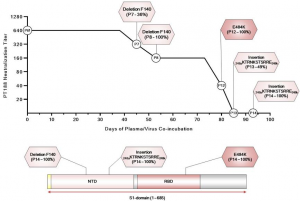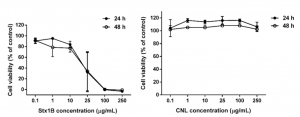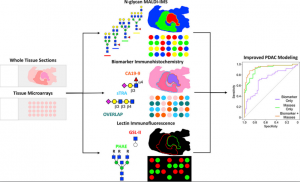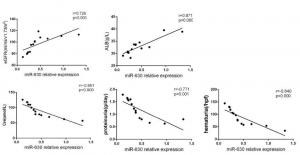Relationship between a pro-thrombotic platelet phenotype (P-Selectin, GPIIb/IIIa complex etc.) and the new coronavirus (COVID-19)
The new coronavirus (Covid-19) is known to cause a hypercoagulable state such as cardiovascular complications as well as acute respiratory distress syndrome (ARDS).
A group from Technical University of Munich etc. has used antibody panels of 21 membrane-penetrating proteins, to investigate the expression status of those markers in platelets by mass cytometry.
https://www.nature.com/articles/s41419-020-03333-9
From Mass cytometry, it was fount that the expression of P-Selectin (0.67 vs. 1.87 Healthy Median vs. Median COVID-19 patients, p = 0.0015), LAMP-3 (CD63, 0.37 vs. 0.81, p = 0.0004), GPIIb/IIIa complex (4.58 vs. 5.03, p< 0.0001) are upregulated. P-Selectin functions as a cell adhesion molecule on the surfaces of activated endothelial cells, which line the inner surface of blood vessels, and activates platelets. GPIIb/IIIa is an integrin complex found on platelets, a receptor for fibrinogen and von Willebrand factor, and aids platelet activation。LAMP-3 is one of the lysosome-associated membrane glycoproteins。
The adhesion protein P-Selectin translocates to the plasma membrane upon activation and regulates platelet–leukocyte interactions resulting in activation of neutrophil integrins and inducing NETS formation. NETS is one of functions of innate immunity, and capture and eliminate virus. However, the excess NETS leads to hypercoagulopathy. P-Selectin expression together with the upregulation of the GPIIb/IIIa comples contributes to the COVID-19 inflammatory response. Although the pathophysiological mechanisms behind the high incidence of thromboembolic events in hospitalized COVID-19 patients remain unclear and the key drivers behind platelet activation in COVID-19 remain to be determined, it may be induced by infected endothelium as well as by the cytokine storm occurring during SARS-CoV-2 infection.




